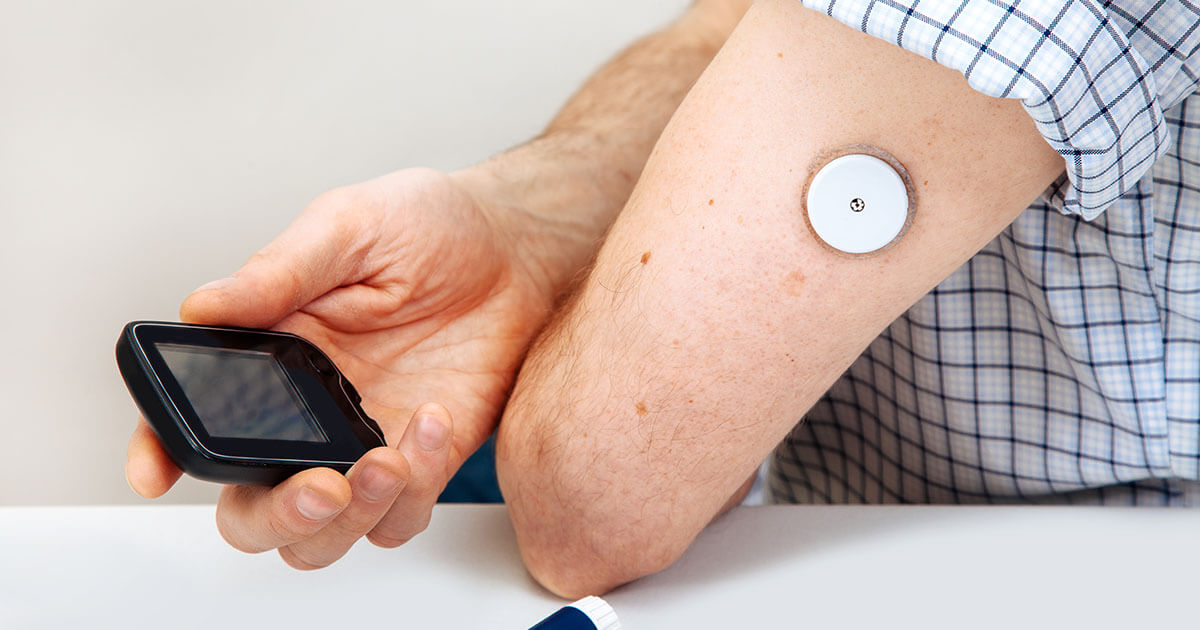The Association of British Clinical Diabetologists (ABCD) nationwide UK audit on the FreeStyle Libre has previously shown that use of the intermittently scanned CGM (isCGM) technology is associated with improvements in glycaemic control, hypoglycaemia awareness and severe hypoglycaemia (Deshmukh et al, 2020; see our previous Digest). This follow-on analysis of audit data from November 2017 to August 2022 explored the impact of long-term isCGM use on glycaemic control, hypo awareness and diabetes distress.
Follow-up data on 8629 people who initiated isCGM were available, and the cohort was stratified according to length of follow-up. Sustained and significant reductions in HbA1c, hypoglycaemia awareness and diabetes distress were observed across all lengths of follow-up (with one exception in which the threshold for significance was barely missed, highlighted in the table below):
| Follow-up duration | HbA1c reduction | Gold score reduction | DDS score reduction |
| <1 year | 6 mmol/mol | 0.31 | 0.59 |
| 1.0–1.5 years | 6 mmol/mol | 0.45 | 0.58 |
| 1.5–2.0 years | 4 mmol/mol | 0.26 (P=0.07) | 0.63 |
| >2 years | 4 mmol/mol | 0.42 | 0.50 |
Despite the limitations of an observational study with no comparator arm, these results suggest that the short-term benefits of isCGM use are sustained over time.





Attempts to achieve remission, or at least a substantial improvement in glycaemic control, should be the initial focus at type 2 diabetes diagnosis.
9 May 2024